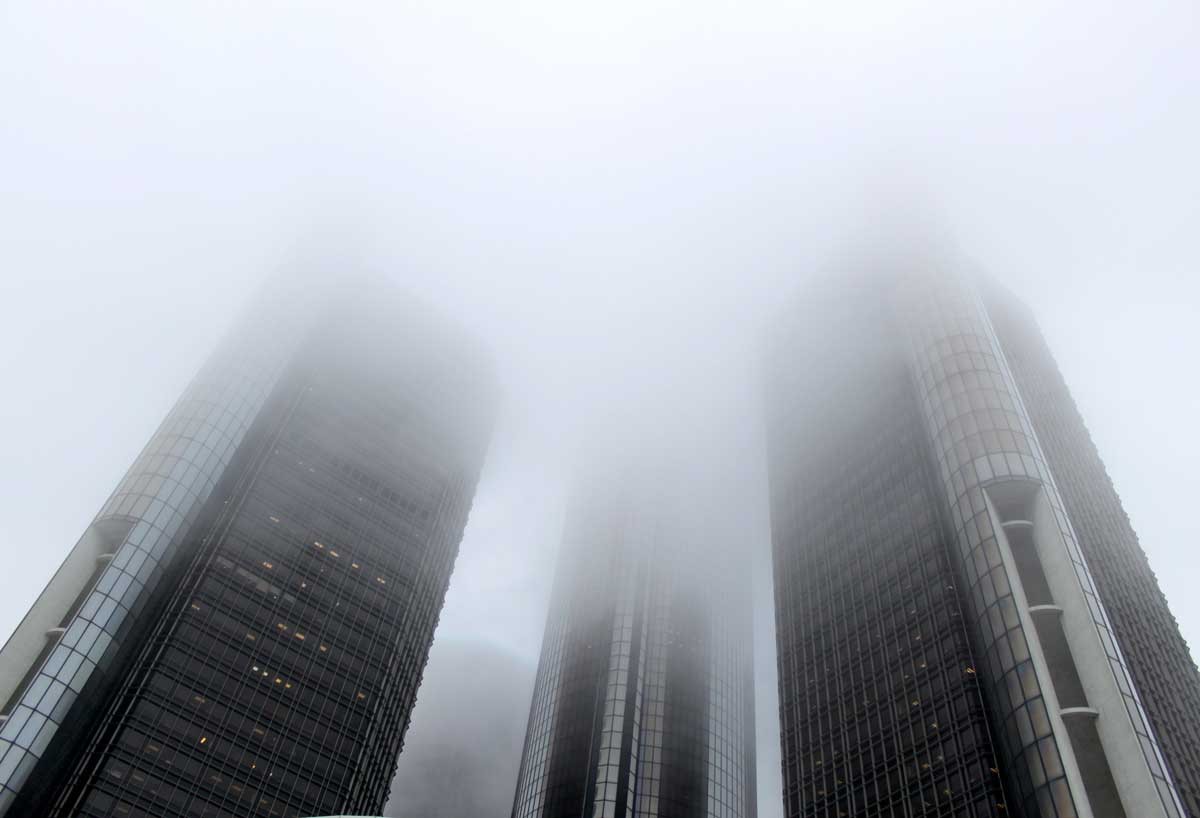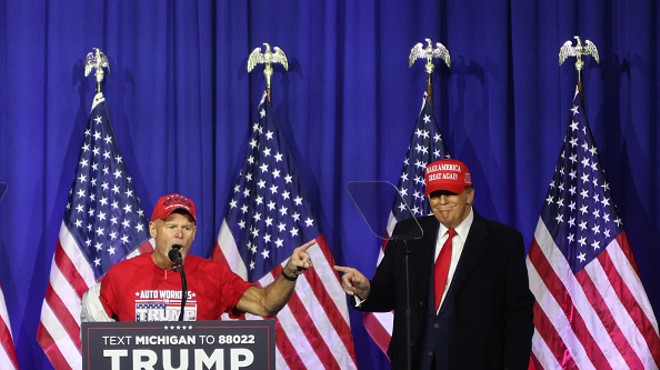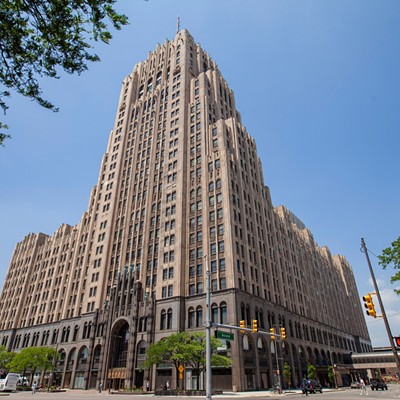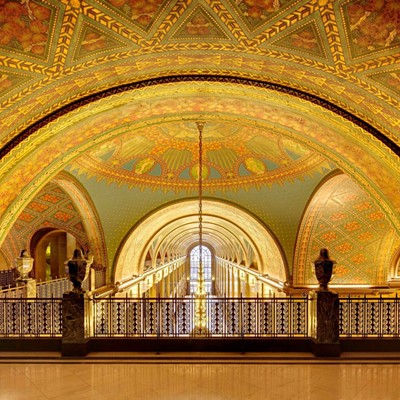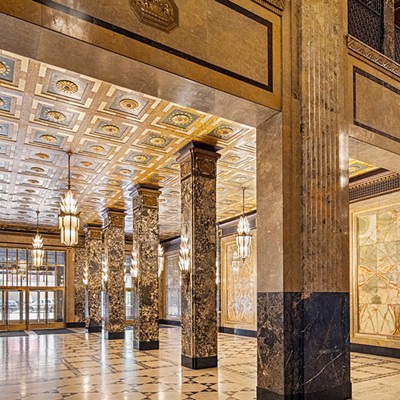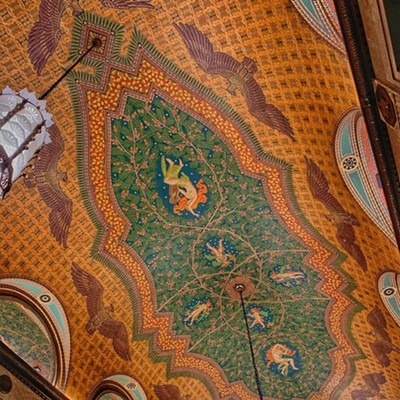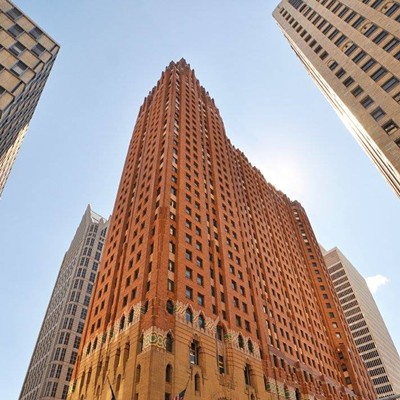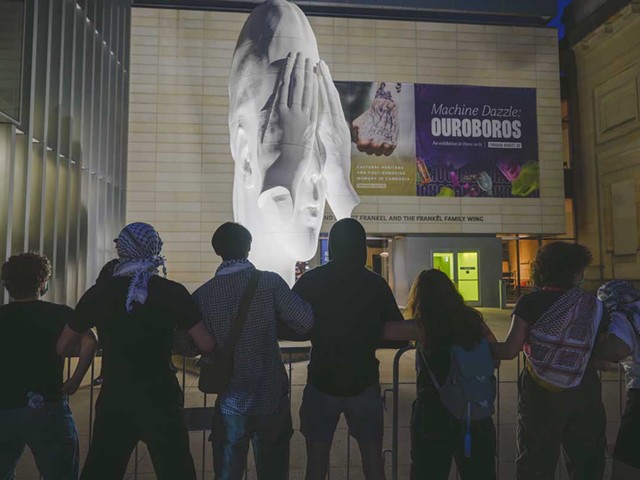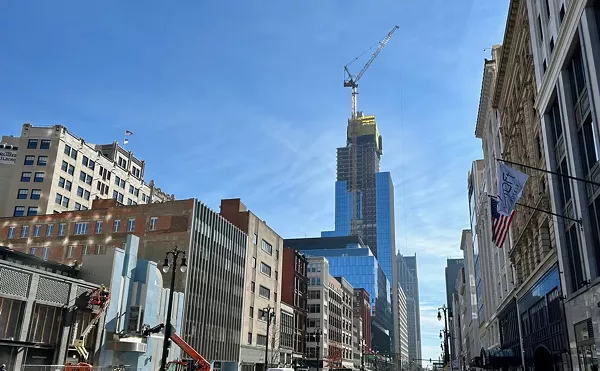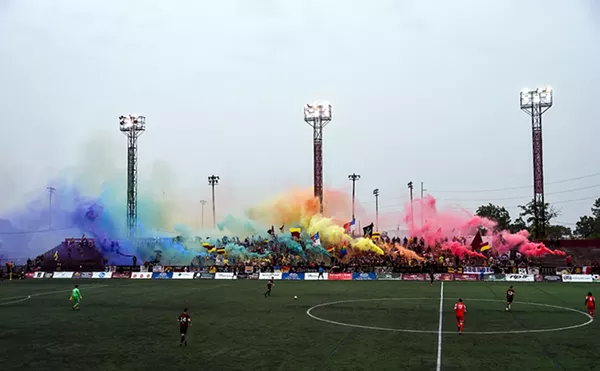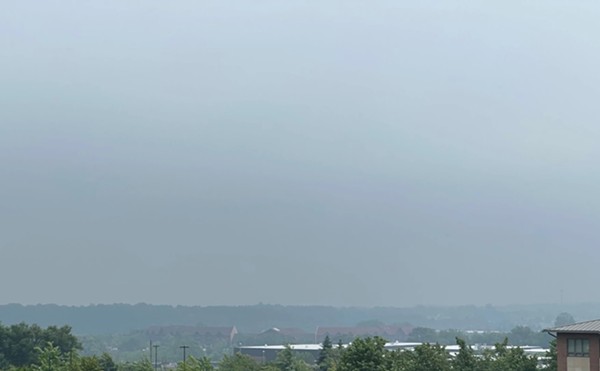My favorite Renaissance Center moment came in the mid-1980s when Detroit Mayor Coleman Young spoke there at a long-forgotten public event.
The RenCen was a proud achievement for the Motor City’s chief executive in that era and it had just undergone one of its periodic interior renovations.
“It’s beautiful,” the mayor said, “but I still can’t find my way around this damn place.” Young smiled and chuckled as he said it — as he often did when kidding on the square.
Now that General Motors has announced plans to abandon its RenCen headquarters for the new Hudson’s building — while the office vacancy rate grows downtown — metro Detroiters are openly contemplating the future of a signature local landmark, asking:
• Can the RenCen, with its river and skyline views, be repurposed as residential space now that remote office work is here to stay and downtown living is in vogue?
• Should the whole RenCen be imploded (carefully!) and replaced with new construction and a better road configuration that links the Riverfront with the rest of downtown?
• Or maybe we should just let it age in place, like pretty, shiny tombstones for a town that has seen better days.
Since it opened nearly a half-century ago, this cluster of cylindrical buildings on the Detroit Riverfront has been a mixed blessing, a perplexing edifice.
Striking to the eye and distinctive on the exterior from a distance, the interiors of the towers of the RenCen remain baffling. The pedestrian “flow” is not linear, the way humans tend to move from point to point.
Instead, the circular design forces you to walk in confusing curves. Some guests from the late 1970s may still be trying to find their way out.
Although the RenCen’s design is at least a venial offense, its mortal sin is not its interior or exterior layout but its location. And the problem is not the River, which abuts Canada and flows on downtown’s south edge.
Rather, the problem is Jefferson Avenue, which acts as a multi-lane moat that discourages pedestrian movement between the main blocks of downtown north of Jefferson and the RenCen area, south of Jefferson, on the same side as Hart Plaza and the Riverwalk.
Ideally, whether the RenCen stays or goes or changes in any way, a better road pattern would be to close — to automobiles and trucks — the half-mile of Jefferson between the RenCen and Huntington Place, which used to be called Cobo Hall.
That way, a vital part of Jefferson could be repurposed as parkland and pathways connecting both sections of downtown.
Unfortunately, this would create traffic tangles at the tunnel to Windsor and with two major freeways because the southbound Lodge empties out into Eastbound West Jefferson and the southbound Chrysler empties into Westbound East Jefferson.
Clearly, you see, Detroit is designed not for pedestrians or bicyclists or users of mass transit but rather for owners and operators of the automobile, which you must take with you at all times.
OK, but what about a large, pedestrian bridge over Jefferson that links both sides of the avenue, the way a little one does now between the RenCen and Millender Center? Or maybe we should just gaze at our mistakes and discuss our pipedreams for another 50 years.
Trump stumps in Michigan by bashing Detroit
It wouldn’t be a Donald Trump rally in the Great Lakes State without plenty of lies and smears, including a few at Detroit.
“You see Detroit,” Trump told a red-hatted rally Wednesday at an airport near Saginaw. “For 35 years, I’ve heard about this great comeback in Detroit. And we’re still waiting. We’re still waiting. It’s taken a long time.”
So, while we wait, why not lie about Detroit rigging the 2020 presidential election, which the Republican former president lost to the Democrat, President Joe Biden?
“I’m sure you’ve heard of a little place called Detroit, right?” Trump said. “Where they had more ballots than they had voters?”
He was implying, falsely and knowingly, that a city that is Black-majority and Democratic must have cheated. And what would a Trump speech be without a sprinkling of gratuitous profanity?
“We’re not letting that bullshit happen again!” Trump said of alleged fraud. Regarding Biden, Trump said, “Every single thing he touches turns to shit.”
As for the many felony charges Trump faces from four indictments, he said: “Every one of these fake cases is bullshit. Every single one of them. Terrible!”
Trump stood in front of multiple American flags, wearing his campaign uniform of red necktie, white dress shirt, and solid blue suit. On his head, he wore a red “Make America Great Again” hat to shade his eyes and keep his hair from blowing in the wind.
In his most uncomfortable moments at the airport rally, Trump tried to doubletalk his way around the abortion issue.
After packing the Supreme Court with religious fundamentalists during his White House years, Trump originally bragged that he’d kept a campaign promise to “evangelicals” when the Court nullified Roe v. Wade by reversing the constitutional right to abortion.
Now that the ban has proven to be a political loser in Michigan and in other states, Trump still accuses abortion providers of “execution after birth” of babies.
He tried to boast to his right-wing followers that they now have a strong negotiating position for compromise on abortion limits at some time during the nine-month term of pregnancy.
And Trump insisted — again, falsely — that Republicans and Democrats both got what they wanted because the individual states — not the federal government — now determine abortion rights or lack thereof.
At this argument, his audience grew ominously quiet, obviously hoping for stronger words. After repeating a few points, Trump teased a light ripple of applause by naming the six reactionary members of the Supreme Court.
Then he changed the subject. But Trump’s best Pure Michigan moment came earlier in the week, when he was hyping his rally in local media. Roop Raj of Fox 2 Detroit let Trump rant about “illegal immigrant” criminals coming to the United States from Venezuela.
“Venezuela was very crime-ridden,” Trump said, on screen, in a remote interview. “They announced the other day a 72% reduction in crime in the last year. You know why? They moved all their criminals from Venezuela right into the good old U.S.A. And Biden let them do it. It’s a disgrace.”
Such statistics are one of Trump’s tropes, sometimes citing “67%” as the reduction in Venezuelan crime. Unlike most interviewers, Raj challenged the large, loud, orange-faced, yellow-haired demagogue.
“But sir,” Raj said to Trump, “where are those numbers coming from?”
This knocked the cocky smirk from Trump’s fat face. He looked stumped.
“Uh, I guess I get them from the papers in this case,” Trump stammered. “I think it’s a federal statement. Or, well, they’re coming, actually, from Venezuela. They’re coming from Venezuela.”
It was clear Trump had no statistical source for his brazen lie. Later, Raj spoke of Trump to his fellow anchors on the set.
“When you challenge him too much,” Raj said, “he’ll tell you you’re being disrespectful or it’s fake.”
Tigers on TV: Now you see them, now you don’t
The blackout of Bally Sports Detroit by Comcast’s Xfinity cable means that many local viewers can’t see Tigers’ telecasts, but this is not just a local event or trend. Other cities and teams are hurt by the current crisis.
Overall, it’s part of a nationwide disruption for sports fans who must soon learn to use more complicated TV systems and pay more money for them as the industry makes a big turn amid major churn.
Why is this?
As cord-cutters reduce revenue streams of cable companies, these systems and other delivery platforms are balking at higher fees for already-expensive specialty sports channels viewed by only a segment of their customers.
In the meantime, local games previously shown exclusively on local outfits like Bally are now leaking off, one by one, to national cable providers. Some of those games are seen only on “streaming apps.” Yes, the same games that used to “stream” on their cable systems without extra fees.
Assuming sports promoters don’t go all the way to pay-per-view (and that might come eventually), fans will be forced to shift to apps you will have to buy either for short periods of time or as season tickets.
Cable companies might elevate channels like Bally to a “luxury-platinum-sports-deluxe” package on a premium pay tier that would cost you — Shazam! — extra money. That might be better than a streaming app.
Have you ever watched sports this way? Sometimes, it’s fine. But, at other times, the picture freezes or disappears. The local Bally “app” is difficult to operate and drives away its frustrated customers.
And have you ever tried to channel-surf during a “streaming” sports event? It is hard to do and get back quickly to the main game you’re watching.
In the 1980s, sports on TV exploded due to satellites and cable systems. The amount of programming surged to fill up once-empty hours and network coffers. Now, with the business model ticking louder and louder, another explosion is on the way.

